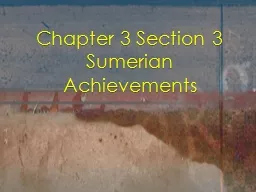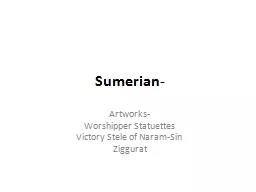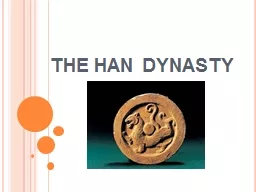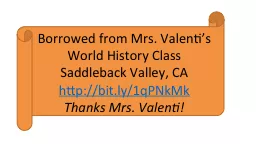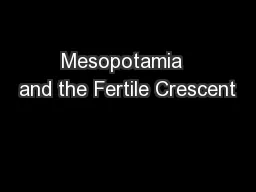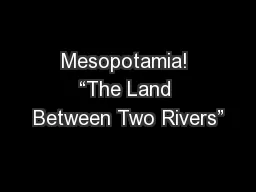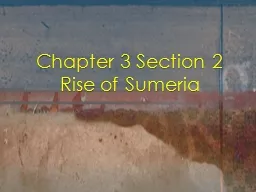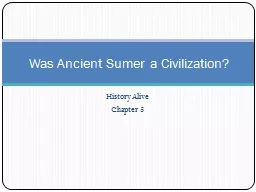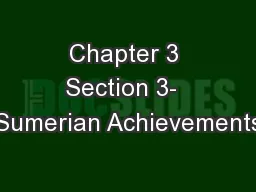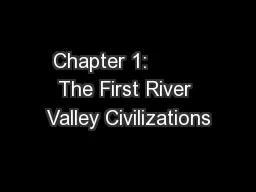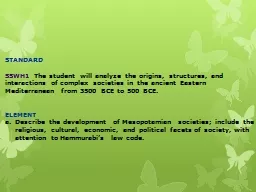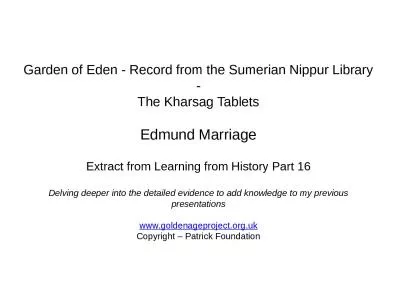PPT-Chapter 3 Section 3 Sumerian Achievements
Author : kittie-lecroy | Published Date : 2018-10-26
Section 3 Sumerian Achievements The Big Idea The Sumerians made many advances that helped their society develop Main Ideas The Sumerians invented the worlds first
Presentation Embed Code
Download Presentation
Download Presentation The PPT/PDF document "Chapter 3 Section 3 Sumerian Achievement..." is the property of its rightful owner. Permission is granted to download and print the materials on this website for personal, non-commercial use only, and to display it on your personal computer provided you do not modify the materials and that you retain all copyright notices contained in the materials. By downloading content from our website, you accept the terms of this agreement.
Chapter 3 Section 3 Sumerian Achievements: Transcript
Download Rules Of Document
"Chapter 3 Section 3 Sumerian Achievements"The content belongs to its owner. You may download and print it for personal use, without modification, and keep all copyright notices. By downloading, you agree to these terms.
Related Documents

